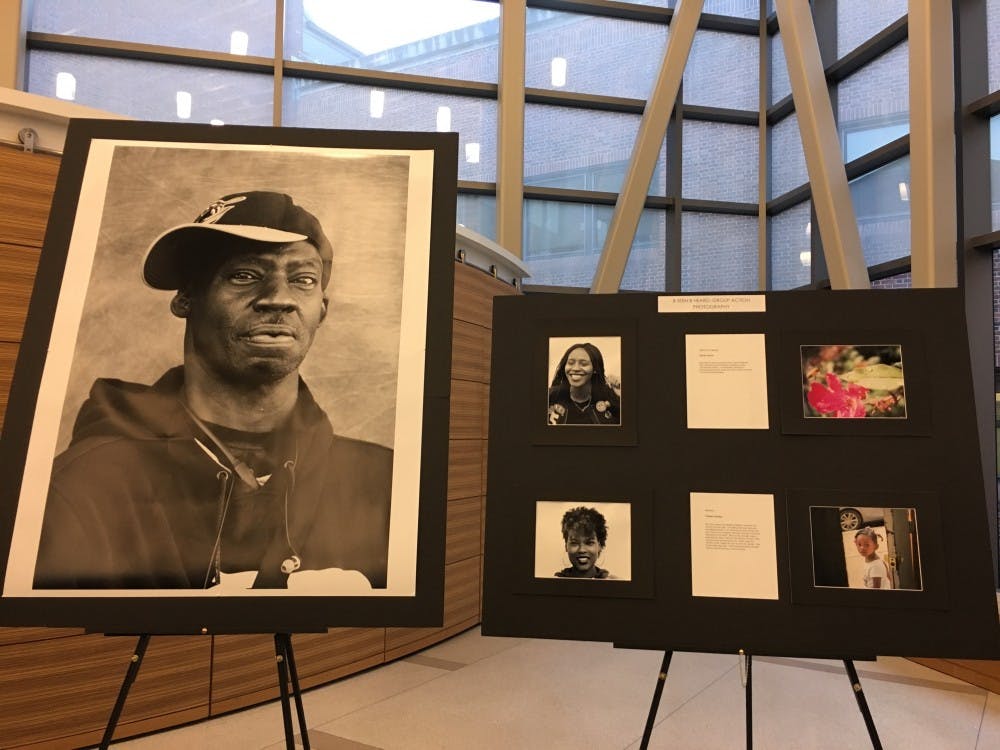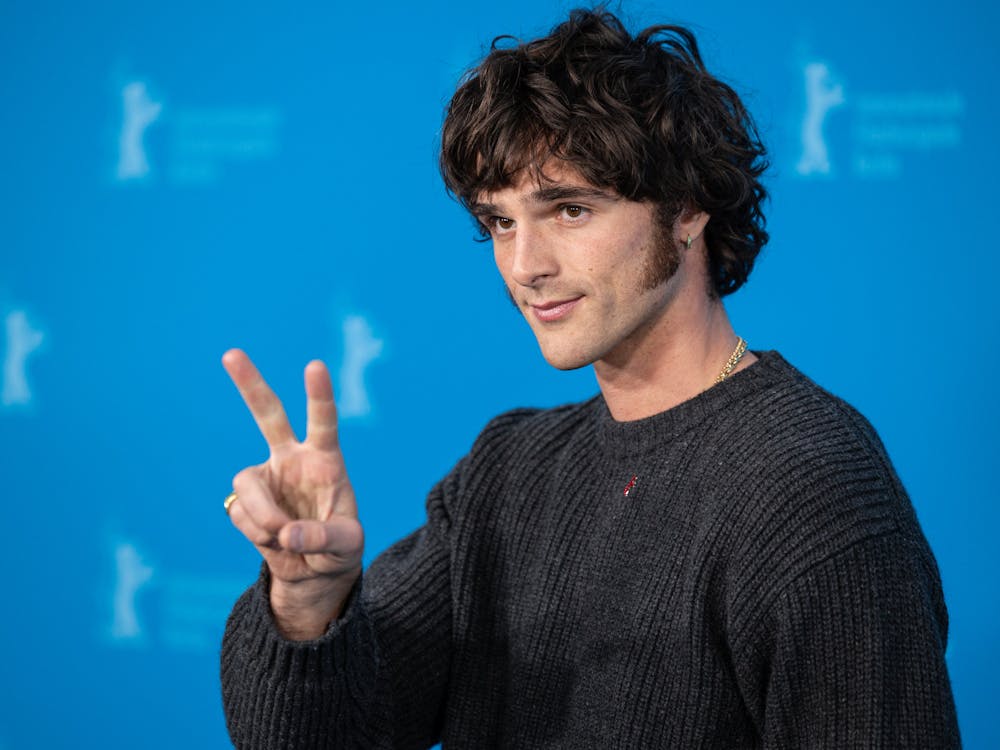Any doubts that I had about whether Hopkins does enough to integrate with the wider Baltimore community were completely challenged when I went to the Baltimore Youth Film Arts Fall Festival. Since 2016, the Baltimore Youth Film Arts Program has built a strong community of young creators who represent their stories through various artistic mediums, including photography, screenwriting, film production and animation. With help from the Andrew W. Mellon Foundation as well as the commitment of a large faculty of instructors, the program was able to launch a number of different workshops. Over the course of the past few years, these workshops have invited over 300 fellows from local youth media organizations, community programs and Baltimore schools. By the end of each workshop, the participants are provided the opportunity to showcase their work at open houses, storytelling events and end-of-session screenings. After this particular trimester of workshops, fellows brought their work to Mudd Hall, where their photographic stills, short films and poetic animations came to life in a fully fledged festival on the evening of Saturday, Nov. 10.
While Saturday night was hit by strong winds and a sudden shift in autumn temperatures, Mudd Hall was filled with the warmth of the friends and family of Baltimore Youth Film Arts fellows, who boasted their wonderful work in a comprehensive exhibition, followed by a screening in Mudd Hall’s auditorium on Saturday. The gallery featured a Baltimore Photo Quilt organized by Anthony McKissic, stills from the B Seen B Heard: Group Action Photography series led by Chrissy Fitchett and Essence Smith, written compositions from Rafael Alvarez’s “‘Pay Attention!’: Practicing Close Observation with Camera and Pen” workshop, as well as works from an Independent Studies class led by Marc Unger.
As I slowly visited each station, it was obvious that each photograph represented something very real and personal to the individuals behind the camera. The B Seen B Heard series, which is also a part of the award winning global art project, Inside Out, featured very intimate portraits and snapshots that focused on subjects that resonated with the idea of identity. Such themes were reaffirmed in the opening remarks given by Hopkins Professor Lucy Bucknell from the Film and Media Studies Department, who expressed the significance of acknowledging the retrospective affinities between the artists and Baltimore as their home.
Taelor Clay, one of the program directors, introduced works from the first workshop, “First Person: Video Diaries of Identity and Place,” instructed by Vonnya Pettigrew, where fellows redefined different locations as the site of identity formation. Shortly after, the screen turned over to “Story in Pictures: Composition for Narrative Film,” pieces from a workshop led by Taelor Clay herself alongside Jimmy Powell Jr. Clay commented on what it was like overseeing the workshop.
“Seeing [the fellows] really grasping a concept that I’m teaching is just surreal… Because we were focused on as little dialogue as possible, everytime a character said a line, I challenged them to say, ‘how can you show that’ or ‘how can you remove this line of dialogue and instead show it?’” She went on to explain how proud she was that the students executed their films with “literally zero budget” and how they essentially created something great out of nothing or, at least, out of very little.
The next part of the program was occupied by the workshop, “‘Ancestral Wisdom’: African American Folktales for Contemporary Film,” instructed by Keith Mehlinger, director of the Digital Media Center and coordinator of the Screenwriting and Animation program at Morgan State University, and David Lee Roberts Jr., an award-winning television producer and documentary filmmaker as well as the adjunct professor in the Screenwriting and Animation program at Morgan State University. The Baltimore Youth Film Arts program described the workshop’s historical content.
“The tales, which have both African and European sources, have evolved through generations of New World storytellers, shared orally and assuming written form in the work of Zora Neale Hurston, Langston Hughes, Toni Morrison, and others,” the group’s website read. Taking inspiration from these tales, the fellows then composed a series of short films, reconstructing the empowering narratives in a way that provided a voice for their own personal life stories and visions.
The event continued with “Perspectives: Personal Filmmaking,” led by Charles Cohen, as well as “Poetry in Motion: Writing and Animating Our Origins,” led by Yiran Guo and Dora Malech, where the fellows, once again, presented very self-reflective, dynamic compositions that recentered the focus of constructed storytelling to individual life stories, ones that called upon memories of upbringing and growth. And finally, the night ended with snippets from “East Side: The Series Continues,” led by Jamal Evans and Jim Mahjoubian, a project that reminded the audience members of the dynamic community of people and cultures that make Baltimore the city that it is.
After the fellows were given their awards, they assembled outside the hall to celebrate their hard work, where I was briefly introduced to Ebony and Myron, two of the fellows who became friends through the program. They spoke about what it meant to be a part of the program and to see their work on screen.
“It’s very accomplishing for me… When I found out that they had a program that accommodated something that I was interested in, which is filmmaking and photography… I took advantage of that, and I’ve grown to really see myself working on multiple projects, not just individually but with a group of other people,” Ebony said. “You get to meet other people, you get to meet associates, you get to really get acquainted with instructors and they see where your talents are… They just kind of mold you into this person and you actually learn more about yourself in this process.”
For Myron, a friend at Safe Streets — an anti-violence program operated by the Baltimore City Department of Health — presented him with the opportunity to work with the Baltimore Youth Film Arts Program.
“[My friend] told me [that I would be] getting paid to learn something, go to school… and [do] something that I liked to do,” he said. “I got to meet great people, I got to do great work and learn more from people who have structural and professional backgrounds. It’s a win-win situation.”
In an interview with The News-Letter, Bucknell expressed similar sentiments about what she feels the program means for Baltimore’s youth.
“Baltimore Youth Film Arts is itself a community, and it formed organically. All we had to do was open the door and remarkable people came in — student fellows, workshop instructors and assistants, administrators, friends and family of the fellows. It’s a collaborative enterprise; it takes everyone,” she said. “I think all members of the group, everyone at the event last night, shares a curiosity about the world and each other; sees the importance of creativity and hard work; believes speaking through art makes a better society. And I think everyone feels lucky to be part of the project. I know I do. We’re grateful to the Mellon Foundation for giving us the opportunity.”





